Nelumbo Nucifera, also known as the Sacred Lotus (amongst other names) is a magnificent oddity of a plant. It roots in the mud of shallow lakes and ponds, growing leaves that float on the surface as lily pads lily pads or rise up above the water on hard stalks. The lotus flower itself is the model of a classic and gracefulwater lily flower, where both the flower and resulting seed pod have a characteristic pattern of holes.
The hole patterns continue throughout the plant, showing up in in the stalks and underground stems (rhizomes) of the lotus plant. The rhizomes, usually just referred to as “lotus root” are prepared as vegetable in many types of asian cuisine. Typically you’ll find them served as thin slices through the root (a couple of inches in diameter), showing the distinctive pattern and prepared in many different ways– I’m partial to tempura. (If you haven’t had them, the taste is a bit like a more substantial and nutty version of a water chestnut.)
Another way that you can sometimes find lotus root prepared is as pickled lotus rootlets, which are immature and more tender lotus roots in brine (pictured here). You might find these in a salad or Vietnamese sandwich— they are tasty like their bigger friends.
Appearances aside, the first bizarre thing about the Sacred Lotus is that it’s one of only a handful of known plants that displays “warm-blooded” behaviour: It actively regulates the temperature of its flower to be at a near-constant temperature, even as the ambient temperature varies by a much larger amount. (
The second thing, which I haven’t seen written about anywhere, has led me to ask: how can a lotus root be like a spider?
If you bite into a lotus rootlet you’re sure to notice this: a set of wispy strands of silk seem to come out of nowhere. Where do these come from? The obvious guess would be that they’re plant fibers— after all lotus roots do have a fibrous outer husk, but a quick experiment will show otherwise. Begin by taking a short segment of lotus rootlet and scoring– cutting it partially– it so that the two halves can snap apart. Then, pull the two halves apart and watch what happens:
Any plant fiber running down the length of the rhizome would be trimmed down to an inch or so when we cut the rootlet to size. And yet, the fibers drawn between the two pieces can stretch out to many times that length. The only explanation that makes sense to me is if this is not really a fiber that exists in the lotus root, but is instead a chemical– a polymer– that stretches into these strings when given the opportunity.
With a little more care to the preparation of the rootlet– carefully scoring around the entire outer husk, you can pull many more fibers:
The fibers turn out to be quite strong and flexible– probably the best model that I’ve yet seen for how spider silk behaves. Independent strands of the twisted fibers can be used to lift the rootlets or other strands– they do not obviously stick together and it might be possible to even weave a fabric out of it. My impression is that the same strands occur with full-size lotus roots, although it may be harder to identify and observe them since the roots are usually much tougher and need to be cut cleanly with a knife.
So, here are some questions:
- Do the polymer goo and/or the resulting strands have names? What is written about this stuff?
- What is the purpose of this stuff? Is it a damage control agent for the air-filled roots, like silicone aquarium sealant?
- How long of strands can you generate?
- What are the properties of yarn woven from this stuff– are there actual applications possible for it?
In any case, pickled lotus rootlets are cheap and you can probably find them at your local asian or indian market. It will only cost you a couple bucks to pick up a jar to play with– and if you get bored, you can always eat them.





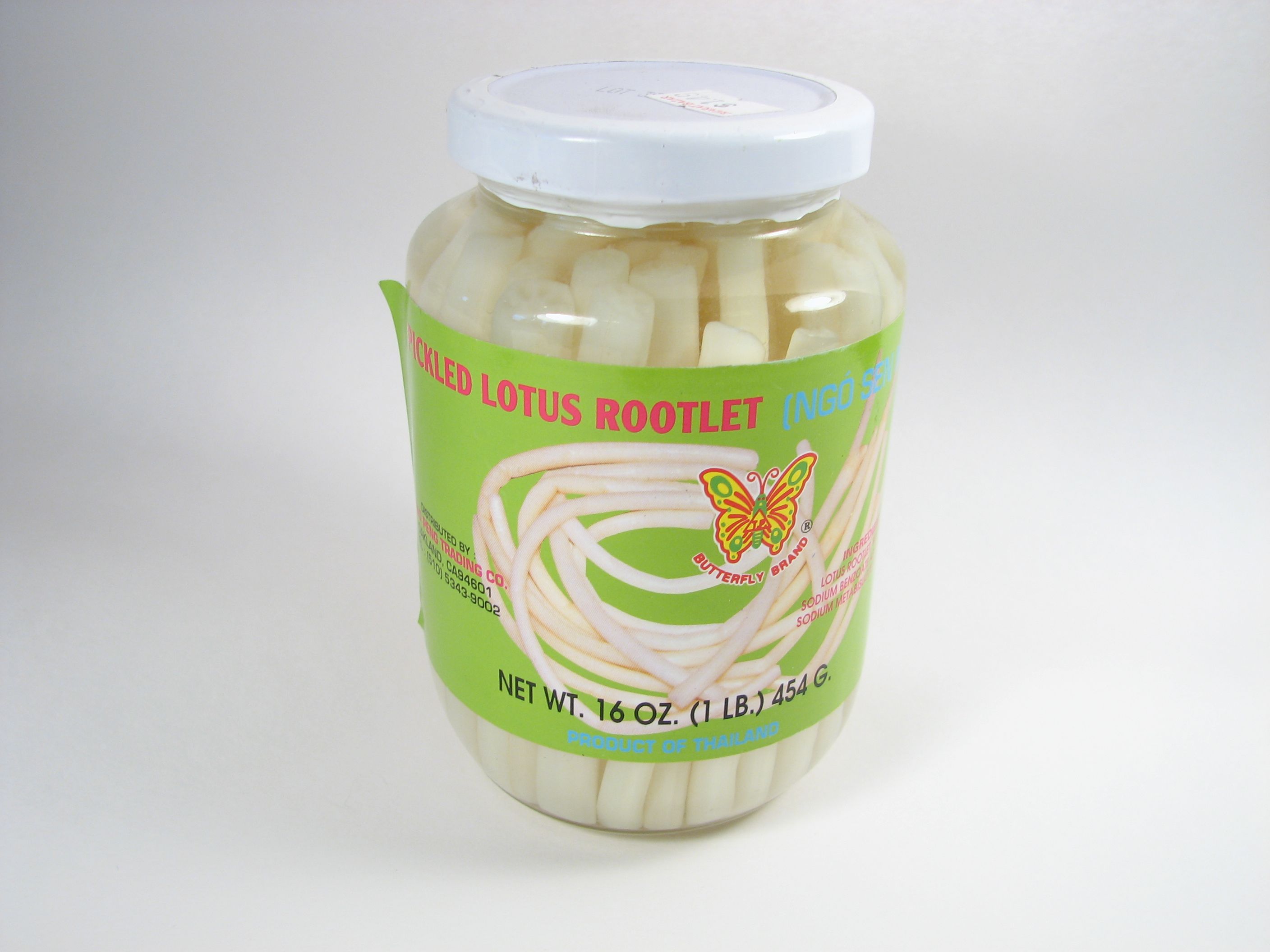
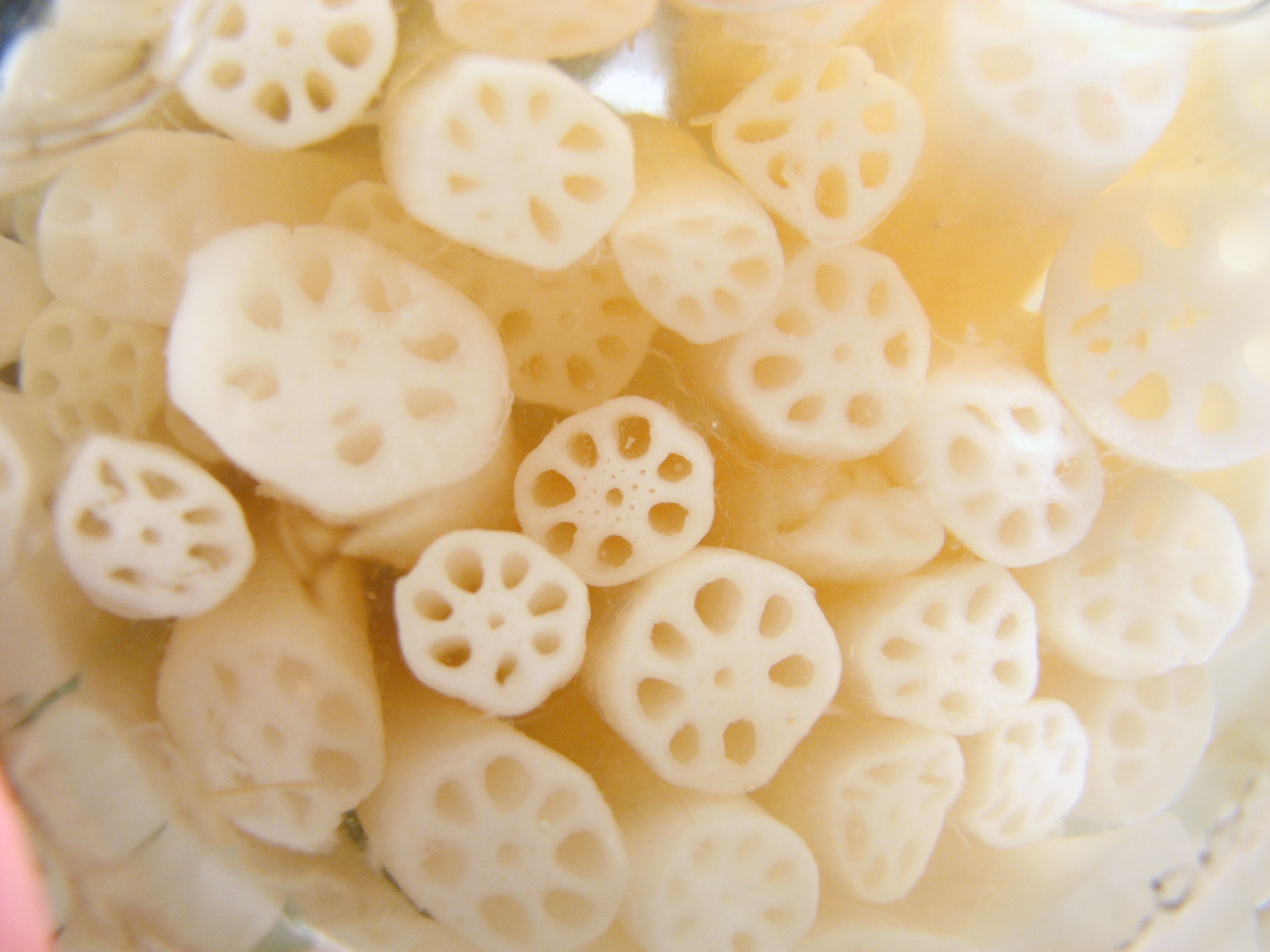
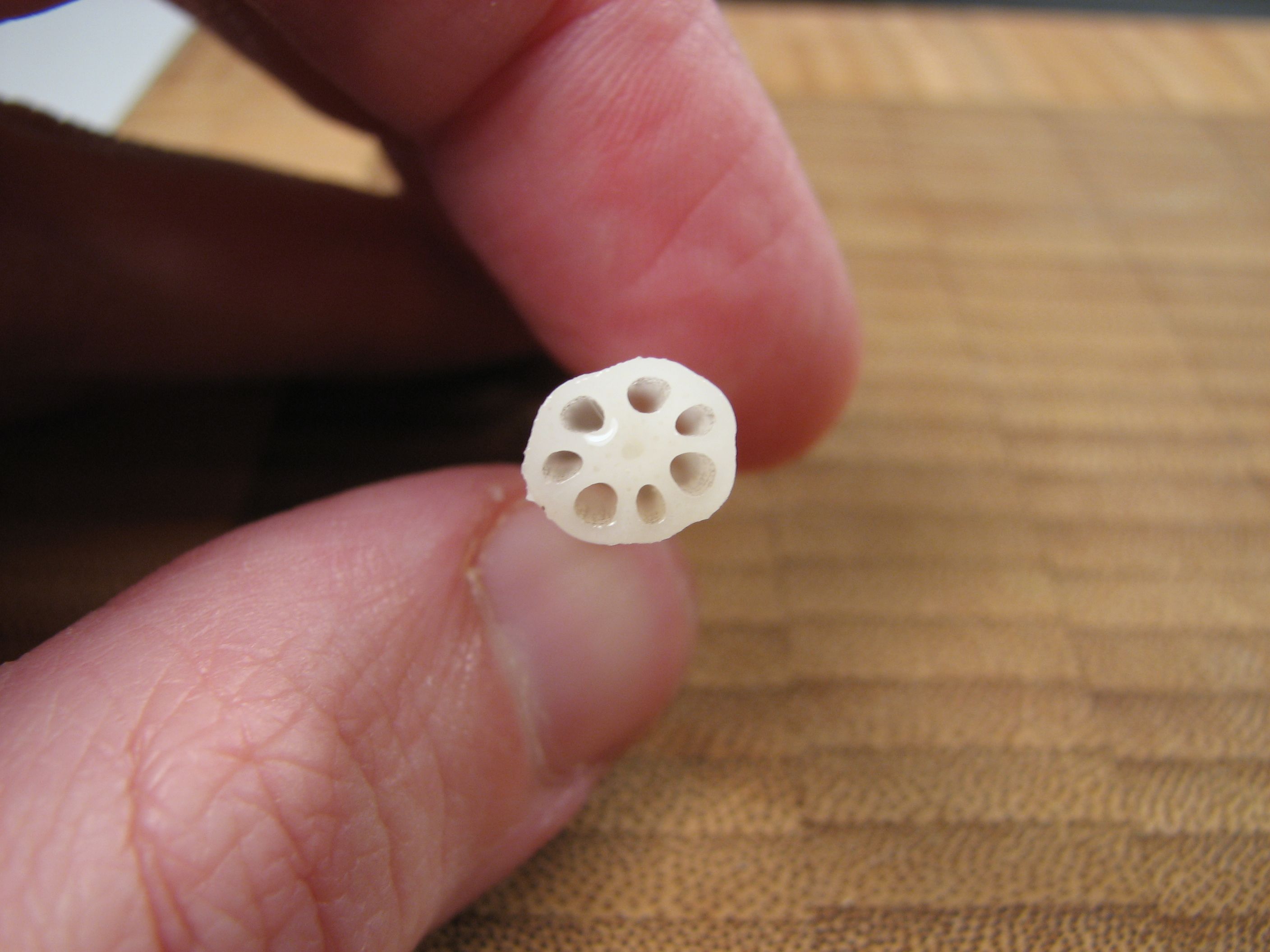
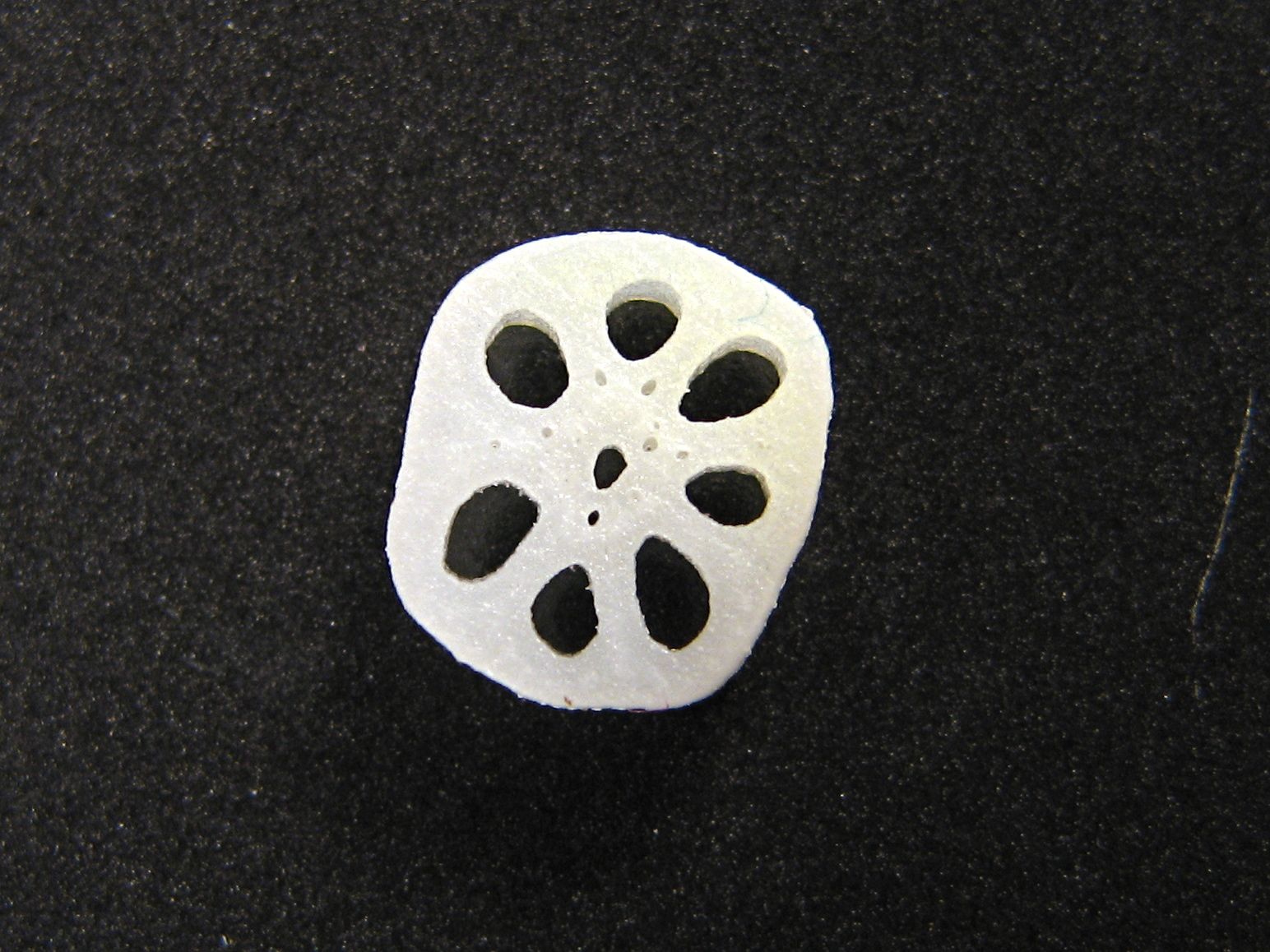


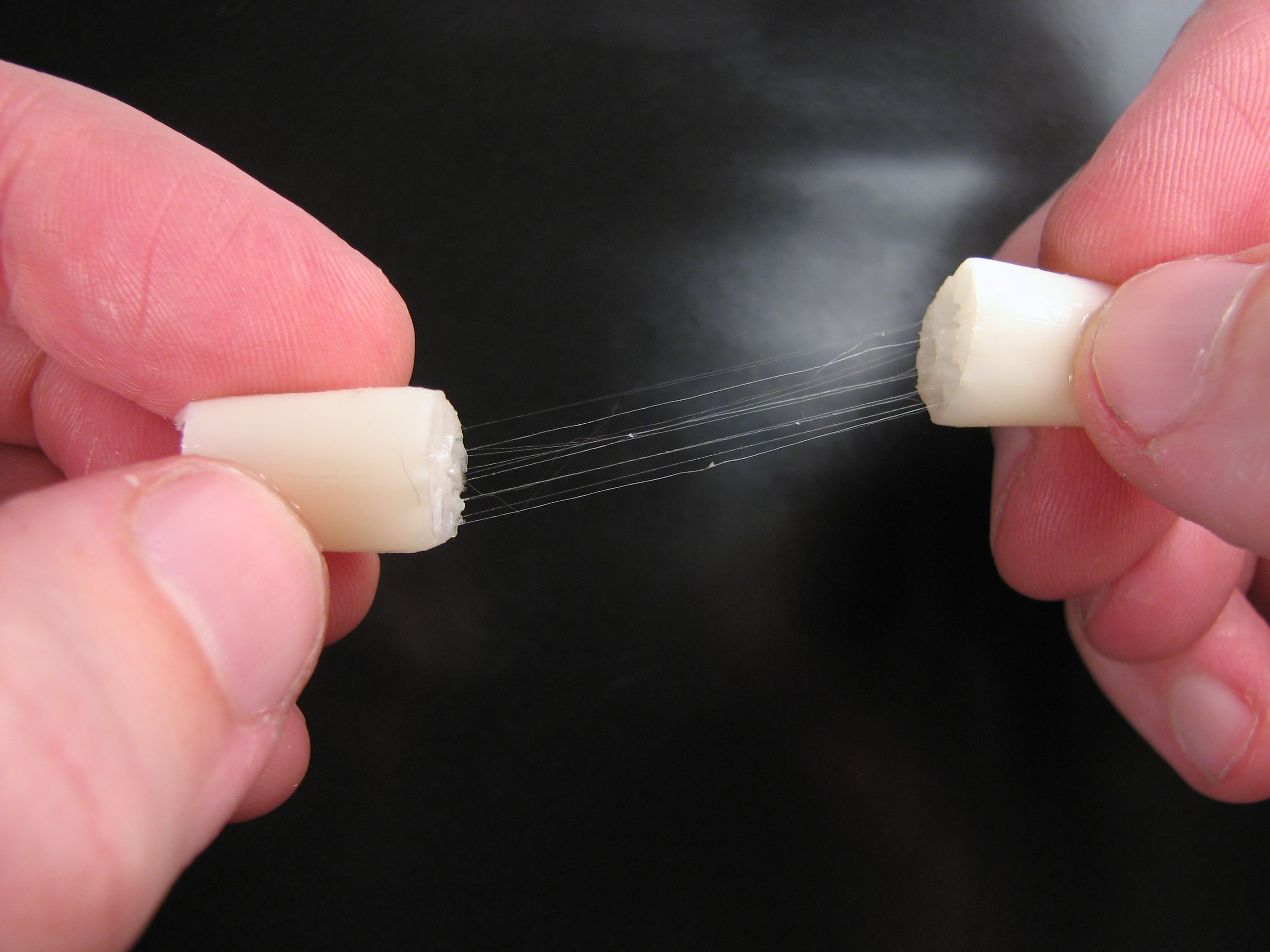
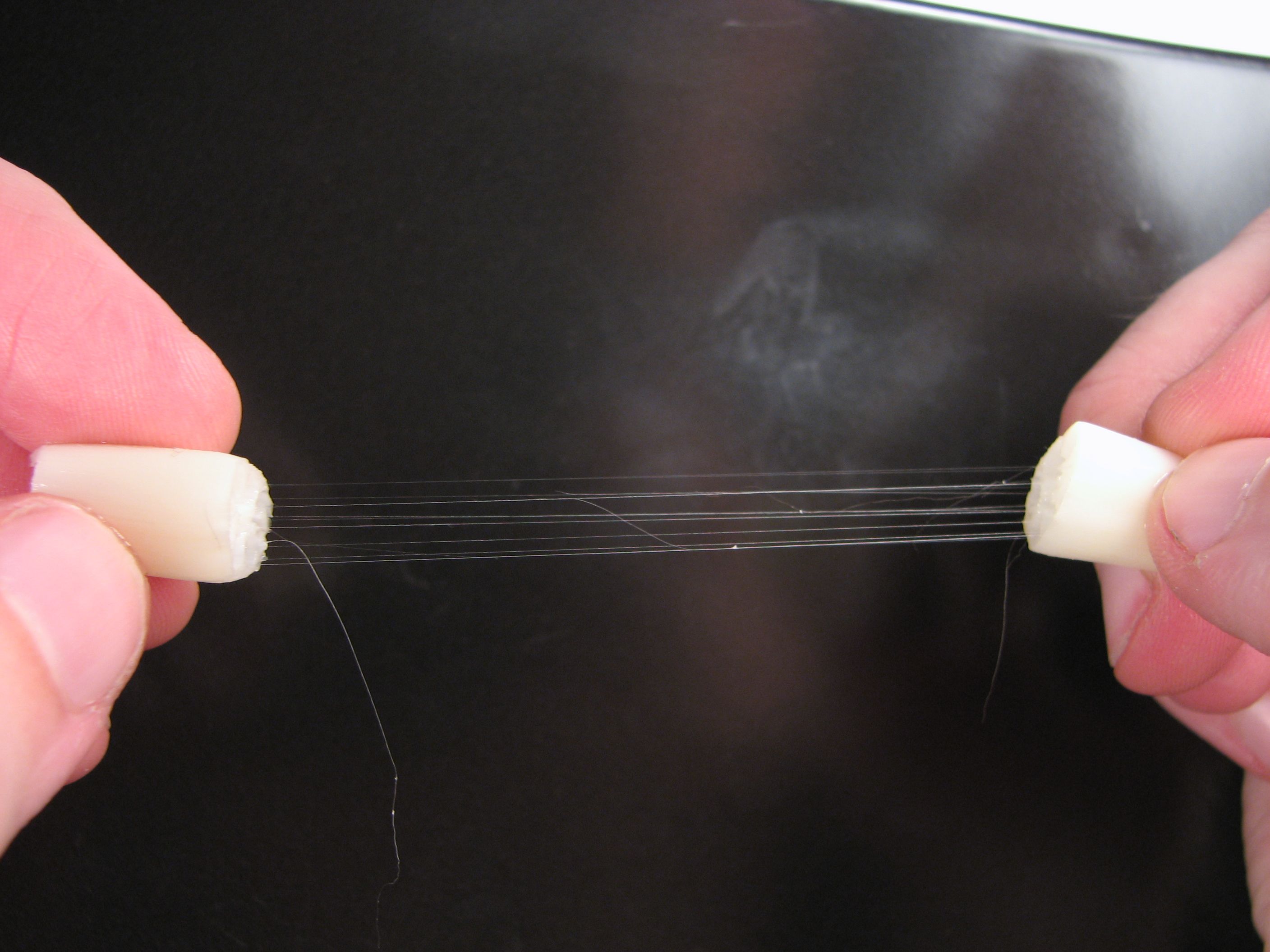
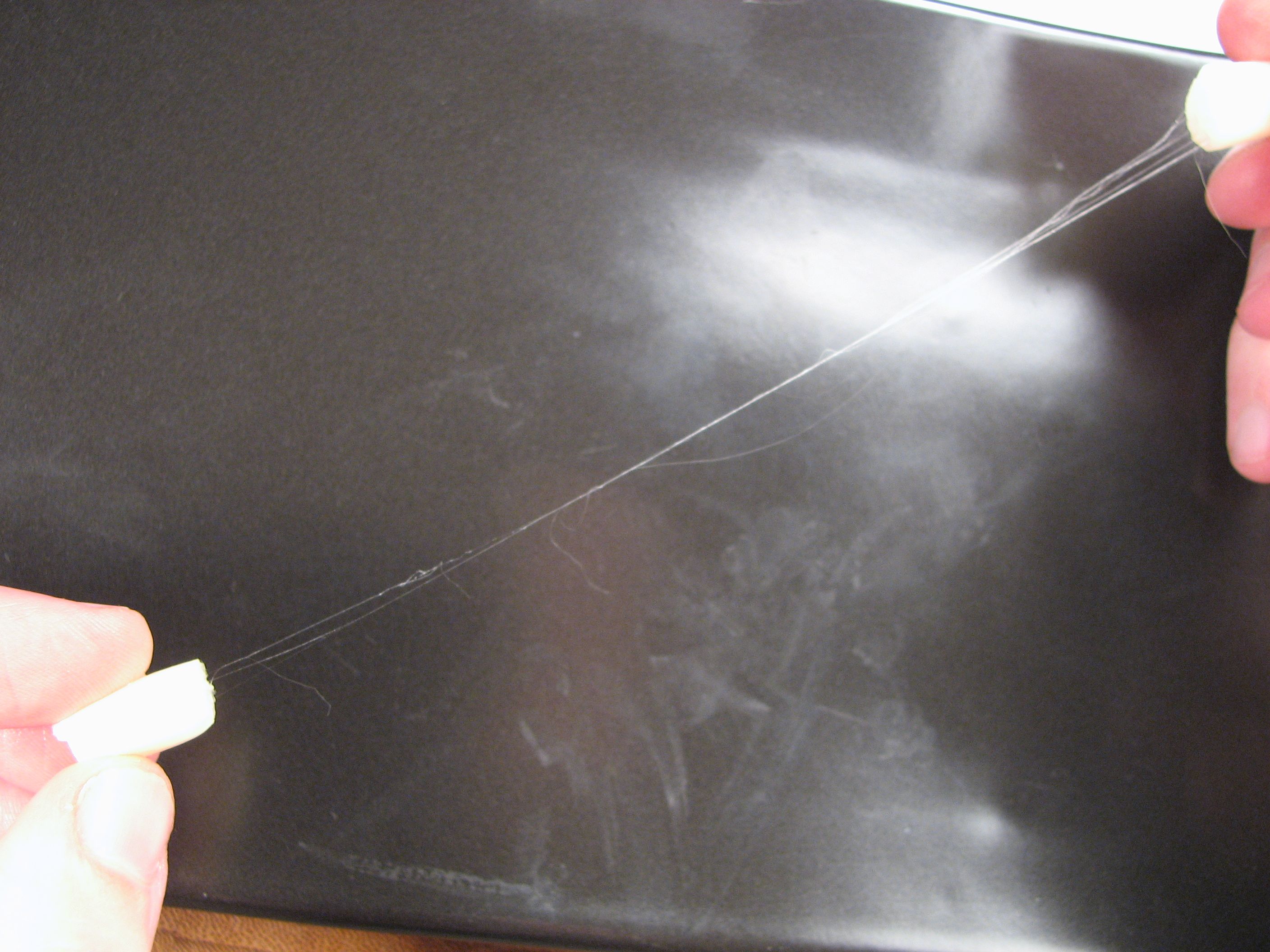

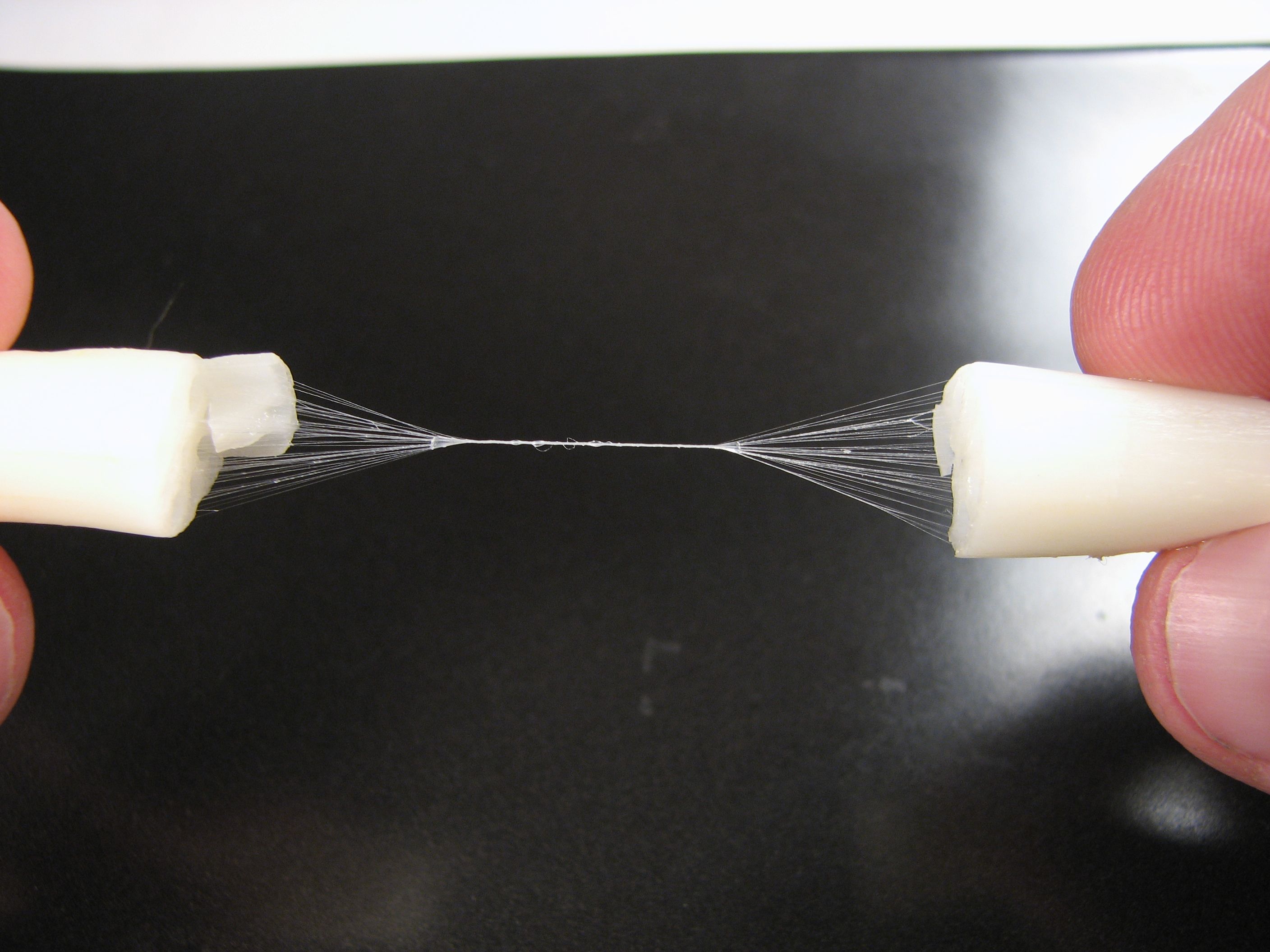
This is brilliant. I’m going to buy some on my way home tonight. Any further information would be much appreciated here too.
Cool article.
As a spinner and weaver I found the part about the lotus fiber very interesting. I found a paper online that describes the processing of the fiber:
A shallow knife cut is made around a bunch of 5-6 stems which are quickly snapped off and twisted to reveal some 20- to 30 fine white filaments that are drawn and rolled into a single thread which is coiled onto a plate seen on the left. It takes approximately 25 women making thread to keep one weaver busy.
Just as you figured out on your own. The paper is a Word document here
It goes on to explain that this cloth is made for Buddhist monk’s robes and the weaving itself is considered a “merit-making activity”, so low wages but bonus points from the universe I guess.
From the picture I thought this post would be about Rotelle pasta! I think lotus root silk is even better. Who knew? And you ask some provoking questions. I’m hoping someone posts some answers soon. The report about the old practice of weaving for monk robes was fascinating.
Me too. Or like fiori.
Ooh, I gotta get some of those.
I was wondering the same thing about sweet bay berries – do they have several times their own length in fibers coiled up inside? Or do they make them on the spot? Here’s some photos: flickr set
A few more links:
http://traveltomyanmar.com/padonma.htm – With some pictures
http://www.myanmars.net/myanmar-culture/myanmar-lotus-robe.htm – More history
And here is a company that sells products woven from lotus thread:
http://myanmarlotus.com/products.html
I’ve noticed something similar in the stems of banana peels. When you break off the top, there are fibers inside which coil back on themselves when you release the stress.
I live in Japan, where lotus root (蓮根 rennkonn) is a standard ingredient in a variety of food and can be found at any supermarket. A quick search in Japanese revealed that the key ingredient in creating those threads is Mucin: http://en.wikipedia.org/wiki/Mucin . If you can, look for Yama Imo (山芋) at the super market. It’s jam packed with Mucin and all sorts of other goo, and is delicious.
Also, if you’ve never had lotus root stuffed with meat, batter dipped and fried then you are missing out on what you can do with those holes. Lotus Root "kinpira" stir fry is also very nice.
We love renkon tempura stuffed with mustard! We’ve also had it stuffed with meat, but preferred the mustard version. Mmmmmm…makes me hungry. Thanks for the tips on other vegetables to play with.
Renkon is such a trip. I remember having them years ago and was so surprised that such a "fancy" vegetable could grow. I mean, it’s like it was designed for japanese dishes with all the time and effort they put into presentation.
A friend told me about Renkon MOCHI!
http://recipe.gourmet.yahoo.co.jp/E302222/
Crazy!
also, the leaves of the banana plant have a little tail on the tip that creates a similar kind of thread, but it is slightly sticky.
DNA is a polymer, it could be possible that the DNA of the lotus root is particularly open.